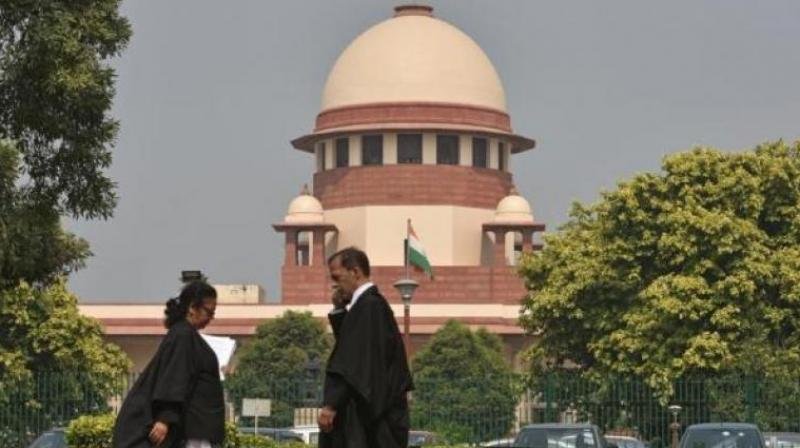sweepers and nurses are the doctors in government hospital maharashtra
இந்தியாவில் சாதனைகள் ஒருபுறம் வளர்ந்தாலும் யாருக்கும் தெரியாமலும் வெளியில் வராமலும் பல அவலங்கள் நடந்து கொண்டுதான் இருக்கின்றது. மகாராஷ்டிரா மாநிலத்தில் அரசு மருத்துவமனை ஒன்றில் கர்ப்பிணி பெண் ஒருவருக்கு துப்ப்புரவு தொழிலாளர்கள் பிரசவம் பார்த்துள்ளனர். மகாராஷ்டிராவில், பெரும்பாலான அரசு மருத்துவமனைகளில் மருத்துவர்கள் இருப்பதில்லை. குறிப்பாக இரவுப் பணிக்கு மருத்துவர்கள் வருவதில்லை. மேலும் மகப்பேறு பிரிவுகளுக்கும் இந்த மாதிரியான சூழ்நிலைகளே உள்ளன. இந்நிலையில் மும்பையிலிருந்து 80 கி.மீ தொலைவில் உள்ள பால்கர் என்ற இடத்தில் உள்ள மகப்பேறு மருத்துவமனையில் அனுமதிக்கப்பட்டு வரும் கர்ப்பிணி பெண்களுக்கு செவிலியர்களும், துப்புரவு தொழிலாளர்களும் சிகிச்சை அளித்து பலருக்கு குழந்தைகள் பிறந்துள்ளதாக அதிர்ச்சி தகவல்கள் வெளியாகியுள்ளன.
sweepers and nurses are the doctors in government hospital maharashtra
Government hospitals run by sweepers and interns
Parveena Shaikh belongs to the fishing village of Satpati, 80 kms away from Mumbai on the west coast in Palghar taluka, where women are told not to go into labour after sunset. The reason for this odd instruction, the famous news paper reports, is that Satpati Hospital, the only hospital in the village, has just two doctors who leave once the sun sets. “The hospital doesn’t even stock medicines anymore, forcing us to travel all the way to Palghar,” Shaikh told. The government hospital is then managed by its sweepers and ayahs who have helped Satpati women deliver almost all babies born after sunset, even managing some complicated deliveries over the last few months. While here, the sweepers and the ayahs are doing their best to help ladies in labour, other Palghar residents haven’t been as lucky. Manor rural hospital in Palghar had been turning away pregnant ladies and children until Maharashtra Navnirman Sena (MNS) leaders forcibly locked the hospital as a protest against the lack of medical staff there last month. According to a Times of India report, the hospital relied on medical interns to treat patients most of whom came from distant villages. It was only after the protest by MNS leaders that the government assigned full-time doctors to the rural hospital, the report claimed. The common thread in both incidents is not Palghar, but government hospitals. What is appalling is that in case of Satpati, the state medical officer Dr H Kokane was already aware of the situation. It remains unclear if medical officers elsewhere are aware of the horrid conditions plaguing state-run health centers. The gap in supply and demand of medical professionals in such health centers is common knowledge now. While most private players seem to be concentrating on urban territories, primary health centers (PHCs) in rural India (which makes up 72 percent of the country) remain in shambles. Besides an inadequate number of doctors, there are other factors that have been complicating the structure of healthcare in the country. Currently, the healthcare sector is plagued with protests by medical graduates who are opposing the policy of one-year mandatory internship in rural area before post-graduation (PG). The UG medical students state that the policy will hamper their preparation for PG exam and that it should be a part of their PG curriculum rather than being a criterion for PG entrance examination. “Several MBBS doctors are discouraged to work in rural areas due to lack of infrastructure,” Dr Suranjana Basak, a medical student told The Indian Express. According to Indian Medical Association (IMA) and Association of Healthcare Providers (AHPI), India has 23,458 PHCs, out of which 1,212 have no building infrastructure, the newspaper reported.
Advertisement: REAL ESTATE
Industrial property for sale in Chennai







